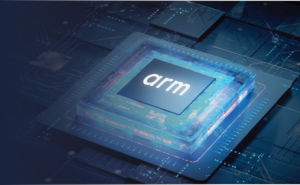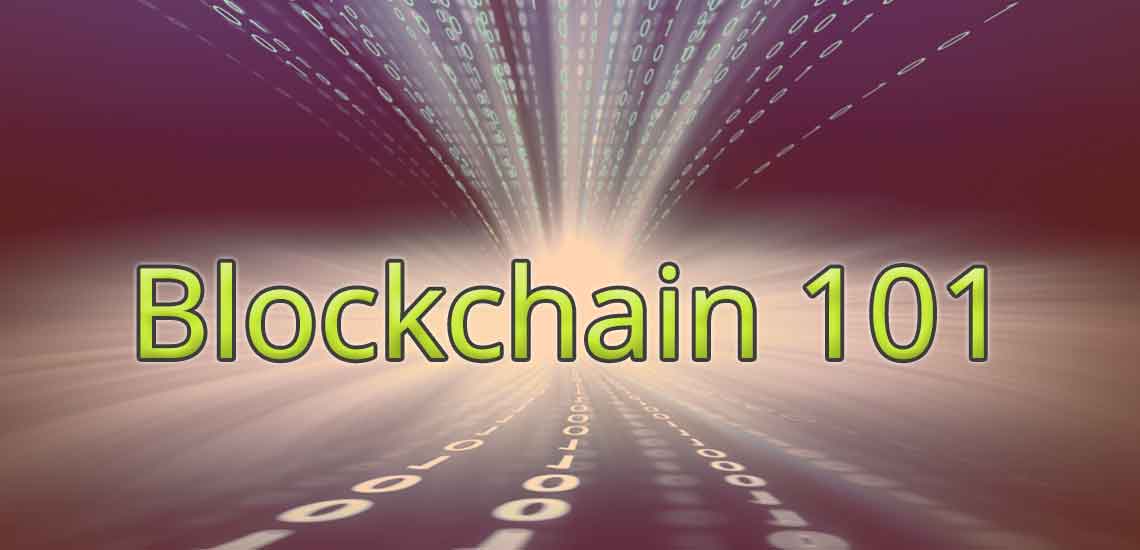There is a common buzzword that you may find yourself hearing more and more these days in news, blogs, online articles and the like, causing you to wonder to yourself: what exactly is “blockchain”, or blockchain technology? In today’s Tech Blog post, we will try to give a (very) brief and non-technical introduction to the subject of blockchain, and look at some of the areas where it shows greatest promise, as well as some of the key limitations it currently faces.
What is blockchain and how did it get its start?
When most people think of blockchain, it is usually in connection with the virtual currency called Bitcoin, since the two really did come into the world together. Launched in early 2009 and developed by one or more individuals using the name “Satoshi Nakamoto”, Bitcoin is best described as a digital currency, or cryptocurrency, that uses blockchain technology to operate. As such, what really makes Bitcoin such a revolutionary concept is as much about the intriguing technology that underpins it, rather than strictly this new type of currency in and of itself.
In short, blockchain is often described as a distributed, immutable ledger or database, one that uses cryptography to validate and secure transactions, all without the oversight of a central authority. A blockchain network is made up of a collection of nodes, or compute systems, all running the identical blockchain software platform at every point along the network. As transactions occur along the network, they are timestamped and then each node on the network is updated simultaneously with the new data according to a predetermined schedule.
Thus, because each node is automatically updated with blocks of information in synch, all blocks of historical transactions are visible to each node on the network and the chance for tampering or error is eliminated. Naturally, such a system has a wide range of applications in a number of industries and markets, some of which we will examine later in this post.
For those looking to develop and test blockchain technology in applications for the real world, several options exist. One is to use the Bitcoin platform, as it is already robust and tested over many years of successful operation. Another option is a platform called Ethereum, an open source (i.e., free to use) blockchain platform that is described on its website as “a decentralized platform that runs smart contracts: applications that run exactly as programmed without any possibility of downtime, censorship, fraud or third party interference.”
What are the potential benefits and applications of blockchain technology?
The description of the Ethereum platform above brings us to our next points, which are the potential benefits and applications of blockchain technology. Obviously, the biggest benefit of blockchain is that it can be used to transfer value – not just of currency, but of anything that can be recorded in a ledger as a contract or transaction between two or more parties. Aside from that, there are also some immense incidental benefits that flow from the fact that blockchain is a distributed system, harnessing the power of the network to do its work and keep information secure:
- Security: blockchain provides an immutable record that is distributed, so not vulnerable to a single point of attack or failure;
- Reliability: Because it is distributed across a network, it is inherently robust and not susceptible to downtime, since nodes across the network will “balance the load” if one or more of their number is out of operation;
- Transparency: Because all transactions happen on the network and are recorded in a distributed ledger in real-time, each transaction is clearly visible to all parties or nodes. This means that transparency and trust are assured, and the possibility of the ledger being tampered with or distorted is practically impossible;
- Economy: No middle agency, third party or clearing house is required to process transactions, potentially lowering costs as the “mark-up” that third parties require for their services can be eliminated.
Likewise, the potential areas for application of this revolutionary technology are immense and too numerous to list for the purposes of this post. However, some of the most apparent and intriguing ones aside from cryptocurrency and financial transactions include:
- Internet of Things (IoT) environments, to bring autonomy and security to a nascent industry that is currently lacking widely adopted communications and security standards;
- Micro-contracts between individuals for sales, rental agreements, sharing or barter of time and resources, such as Airbnb, Uber or Lyft;
- Next-generation social networks, where the users control precisely the personal data they wish to share and enter into micro-contracts with those who want to use it. This opens the door for users to potentially profit from their use of social media instead of giving away personal data for free as the “cost” of using social media as we do now;
- Public infrastructure, such as smart energy grids where consumers can make micro-sales of energy generated by them through renewable resources like solar energy back to the electrical utilities;
- Politics and vote transparency, since the use of blockchain to record voting records and lists of voters is distributed and inherently secure, insulated from the threat of hacking, tampering or fraud.
What are some limitations and challenges hindering widespread adoption of blockchain?
First and foremost, the biggest challenge that blockchain technology faces before wider adoption is its lack of speed and inherent latency. To put it into perspective, large-scale platforms like the Google Ad Network or payment processing systems operated by finance giants like Visa can generally process several thousand requests per second, whereas Bitcoin updates the block ledger every ten minutes and processes transactions at a rate of roughly seven per second. Obviously, this will have to improve dramatically, but it is clear that serious work is already underway to overcome this latency obstacle.
Additionally, we might say that blockchain, or Bitcoin in particular, currently carries a bit of an image problem, as it has been associated with financing illicit activities on the “dark web”. There have also been some incidents of fraud and mismanagement (such as the Mt. Gox embezzlement scandal that occurred in Tokyo in 2014), but if examined closely, these can generally be attributed to human error or simple greed, rather than any inherent flaws in the technology itself.
These are just some very general observations about the revolutionary impact that blockchain technology could have in the coming years. Proof of concepts for financial institutions, land registry agencies, factories, social and media networks and much more have been underway for years and are starting to roll out into real-world usage. Here at AMI, we are also looking at several applications for blockchain technology in existing and future products, particularly in conjunction with our research and development in Internet of Things (IoT) technologies.
But because this is such a vast topic, there is naturally much left out of this blog post which and requires a closer look. However, we would like to know: what do you think about the potential impact of blockchain technology in your areas of interest and expertise? Drop us a line via social media or our Contact Us form to let us know and as always, thanks for reading!






